As Beijing signals tighter controls over rare earth exports, the United States and its allies are scrambling to secure alternative supply chains for the critical minerals that power smartphones, electric vehicles, and precision weapons. But analysts warn that even with heavy investment and political momentum, breaking China’s dominance won’t happen fast.
“To build a full supply chain with the breadth and depth to meet demand will take 10 to 15 years,” said Ryan Castilloux, founder of Adamas Intelligence. “The US currently imports around 10,000 tonnes of rare earth magnets annually from China, while Europe imports more than 25,000 tonnes, and both figures are set to multiply over the next decade.”
Rare earth independence isn’t just about mining. It means mastering the entire process, extraction, refining, metallisation, and magnet manufacturing, all areas China has spent decades perfecting.
“China dominates midstream separation, refining, and metal-making,” said Ross Chandler of the Australian National University. “Building that expertise elsewhere is technically complex, time consuming, and capital-intensive.”
Still, the Trump administration is moving aggressively. Washington has stockpiled supplies, fast-tracked mining projects, and taken stakes in Canadian companies. Last month, it brokered a deal between Missouri-based US Strategic Metals and Pakistan’s Frontier Works Organization to export minerals. In April, Ukraine agreed to share profits from future commodities sales.
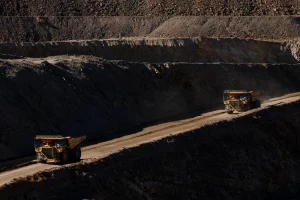
Trump capped the effort this week by signing an $8.5bn pact with Australian Prime Minister Anthony Albanese to co-invest in rare earth projects. The deal allows both governments to take ownership stakes to guarantee supply of critical minerals such as terbium, yttrium, holmium, and erbium.
Australia’s reserves are significant but still only about one-seventh the size of China’s.
“Even with strong political will, the permitting, financing, and technical ramp-up of these projects can’t be sped up too much,” Chandler said, describing rare earth diversification as a “multi-decade process.”
Europe and Asia are racing to catch up, too. The EU’s Critical Raw Materials Act sets a target for 40 percent of annual consumption to be processed within the bloc by 2030. Estonia recently opened its first rare earth magnet plant, and France’s Solvay expanded its refining line earlier this year. India and Japan are investing heavily in domestic and overseas projects.
For now, China still controls roughly 85–90 percent of global processing capacity, the real choke point in the system.
“Countries like the US may have 40 percent of the world’s reserves,” said Rahman Daiyan of the University of New South Wales, “but they only process around 10 to 15 percent. That’s the real vulnerability.”
Shares of rare earth firms jumped on Monday after the US-Australia deal, with Oklahoma-based USA Rare Earth climbing 14 percent.
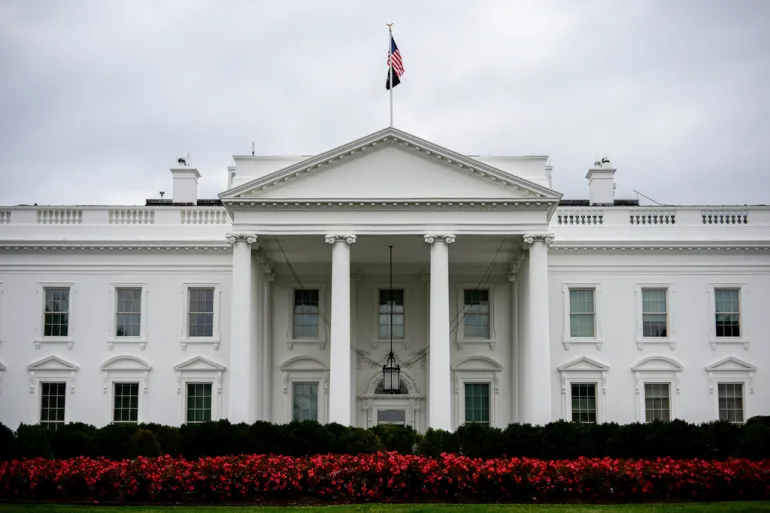

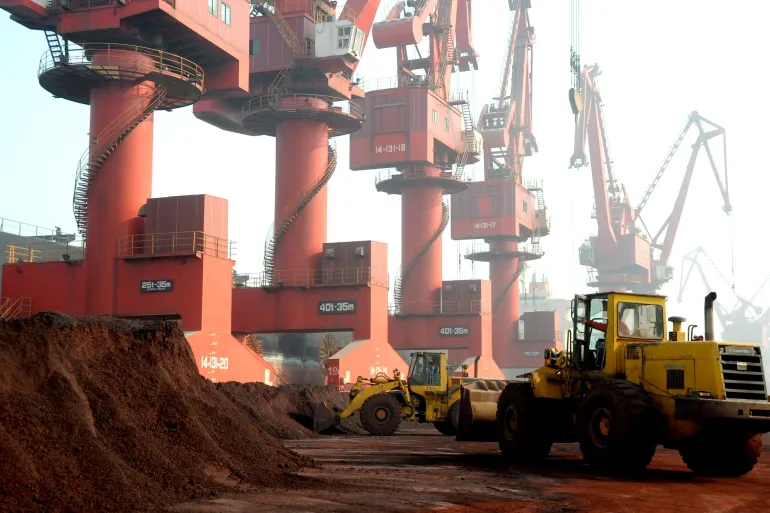
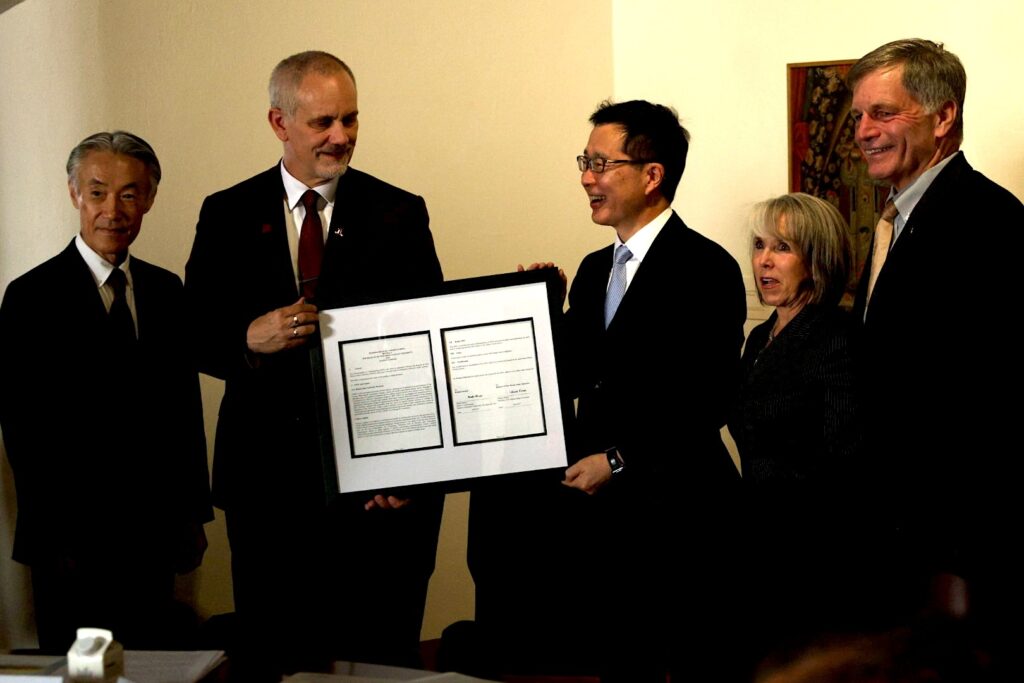

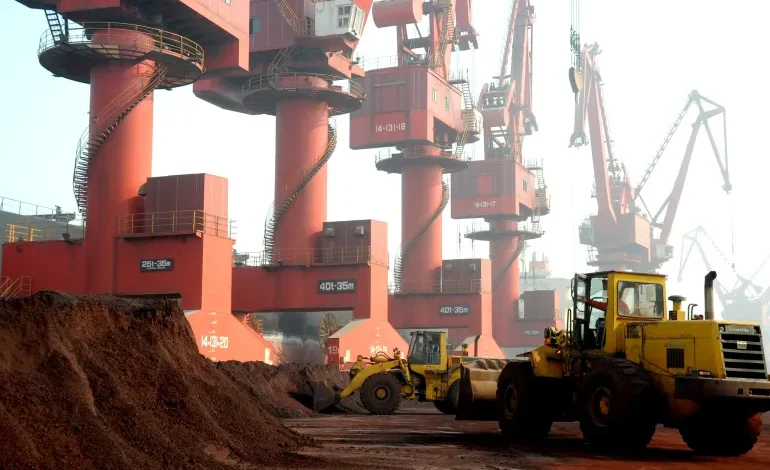




The latest news in your social feeds
Subscribe to our social media platforms to stay tuned